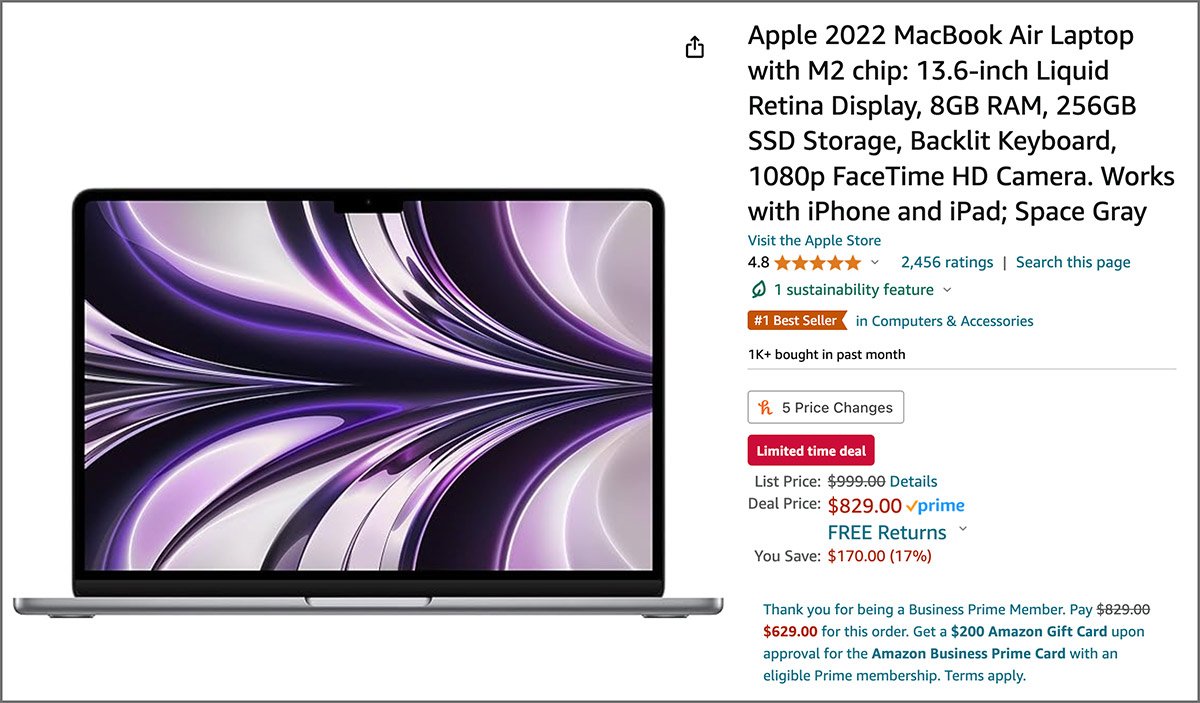Whenever you enter a wine shop to purchase a bottle of wine, you are either an informed or uninformed consumer. You may be one who may have deep technical knowledge about what makes a bottle a great wine.
Most wine consumers fall into the second category and have very little knowledge about it. They may not have the qualitative distinctions to find the differences between various grape varieties and other factors such as the winemaking process or vintage.
It is where other external factors, such as bottle closure, labels, and graphic designs, can play a vital role in decision-making.
The role of labels is substantial and plays a key role in persuasion. The bottle and label must make the consumer buy the bottle.
So, if you are a winemaker you need to ensure that your bottle stacks up against the competition. Check out this post and learn how you can make a perfect wine label for your brand.
Know your audience:
Wine labels usually have very little space, so every element can make a big impact. You need to be clear about who you are and what your story is. For example, a century-old vineyard in France should tell its customers they are a trusted and historic brand. On the other hand, an upstart winemaker in Oregon may want to sell something unique to younger buyers. Remember that you tell the story in a way that images the users and describes the bottle.
Also Read: The Role of Product Label Design in Brand Recognition
Designing your wine label
Once you have a clear picture of who you are and about your audience, the next thing is the wine or whiskey label design choices of your label.
Color of the label:
The wine bottle comes with pretty standard bottle colors: red wines are sold in dark green bottles to prevent sunlight and oxidization, while white wines are sold in clear or pale green bottles. The key step in choosing the color scheme of your label ensures that it pops on the wine bottle.
Red wine traditionally follows two color schemes: deep colors or dark colors, which create a moody feeling.
On the other hand, white wine labels go with light blues and green to create crisp and airy feelings. White, gold, and pink are the popular choices for sparkling roses.
It is true that traditions are meant to be broken. In recent years, Vintners have started to be more playful with different color schemes and try to pair them with dark and bright labels. Use bright or dark labels with whites for bold contrast, or go with bright colors to make red more playful.
Typography:
Once you have finalized the color scheme, it is time to think about typography. Ensure that your typography is strong and brings contrast to the design if you choose to go with a dark label on red. Choosing the right font will tell a lot of consumers what they will be uncorking.
Traditional wineries often have busier typefaces and designs that talk more about their history and authenticity. The label often comes in serifed or script type.
Modern wineries often use bold fonts to look contemporary. The labels are often roomier and have a lot of white spaces.
Must Read: Maximize Impact with 3D Product Rendering for Marketing
Style and Imagery:
The most popular design style categories fall into the:
• Elegance
• Bold and modern
• Minimalist
• Classic/traditional
Pick you style based on the personality of the wine, drinkers and you brand. You may want to stay with the traditional approach if you are going for an older and more sophisticated drinker with a high price point. Try to go with clean and modern if you are trying to attract millennial drinkers who are developing their taste.
Irrespective of the style you choose, your label must be eye-catching to draw attention. A traditional approach might include a pencil drawing of the vineyard or estate where grapes are grown.
A minimalist design might feature a small character or logo with ample white space around it. At the same time, a contemporary label might forego graphics entirely and rely largely on typography to capture the consumer. Some forward-thinking brands even experiment with unconventional approaches, such as including cartoons or highly graphic and amusing designs.
Consider the back side of the wine label.
Ensure that your relevant information is on the back of the label after you have given due consideration to the front of the bottle. Here, you can include interesting facts such as the history of the vineyard and tasting notes. You can also add less fun legal information, such as government warnings. Be very sure that you provide the relevant information to your designer.
Conclusion:
While the above-mentioned elements are undeniable class to the brand, keep in mind that the label builds continuity in your branding across products. So, when millennials consume more wine than any other generation, the wine industry is moving away from a traditional conservative reputation. So, finding the right balance between current trends and timeless style is essential. And when your bottle strikes the right balance, it will fly away from shelves into the glasses of the consumers.
©2024 Lien Design. All designs and trademarks are the property of their respective companies and are being shown for educational purposes only.



